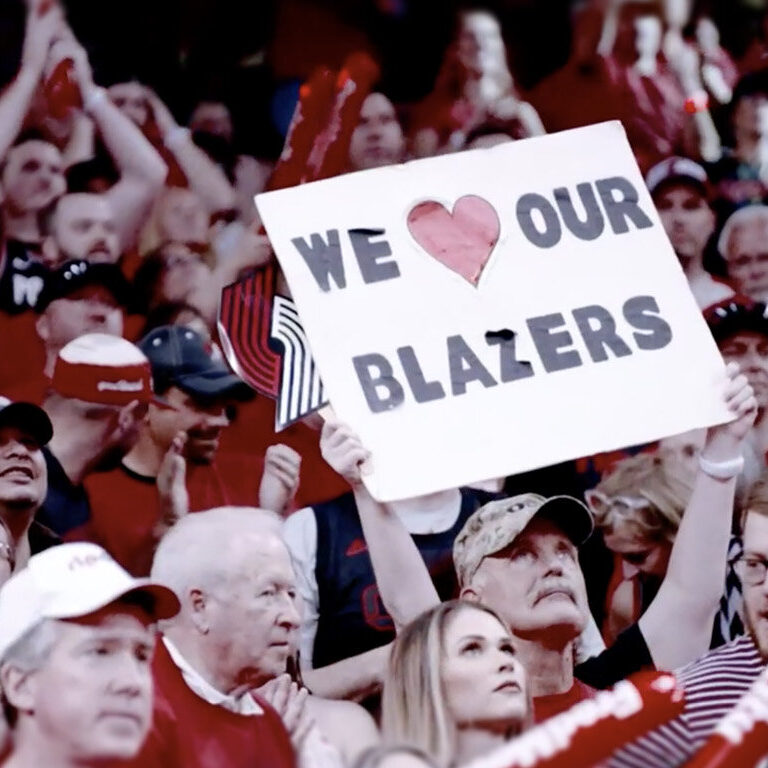There are more companies in this world who are not sponsoring sport than are sponsoring it. That’s a fact. But as an industry, we want to two things – 1) more companies sponsoring sport, and 2) those companies that are sponsoring, spending more on it.
Well, actually we want three – we also want them to use their sponsorships to great effect, to achieve the optimum ROI and to directly influence the growth of their business (and if we achieve that, the natural result will be that we achieve 1 and 2). That might sound obvious because let’s face it, companies buy sponsorships to grow their businesses, right? Wrong!
In 2013 there are still companies making buying decisions about sponsorship because the chairman wants it, or it seemed a good idea at the time, and while that might help the rights holder fill a short term need, it’s not good for them in the long term, it’s definitely not good for the sponsor, and the whole of the sponsorship industry suffers as a result. This is because if a company has not properly understood what they’re buying, why they’re buying it, and how they’re going to use it, they won’t experience the ROI they want and they won’t renew or invest more. Worse than that, they’ll let their “poor sponsorship experience” be known and could negatively influence other organisations who are thinking of entering into their first sponsorship.
But this principle is covered on page 1 of any book on sponsorship so why am I bringing it up now? Because the more we bang on about how important it is for sponsors to leverage; to invest more than just their rights fee; and to plan their implementation strategy before they commit to a sponsorship, the more we just might frighten off new sponsors from taking their first step.
If someone had told me the first time I took my son swimming that I had to focus on his body position, aim for a greater distance per stroke, and ensure his position is streamlined, I’d never have put him in the water. If when I’d baked my first cake my mum had said that unless it was soft and buttery, well-risen and iced to perfection I’d be better off not doing it, I may never have cracked my first egg.
My point is, while we should strive for best practice in the way we approach sponsorship – whether as a rights holder or a rights buyer – we should also accept that for companies who’ve never used this form of marketing before, we should make it as easy as possible for them to have a positive experience.
So let’s accept that sometimes a sponsor doesn’t want to spend an additional percentage of their rights fee on leverage but instead work harder with the rights they’ve already purchased. Rather than expecting them to write a leverage programme using new creative and new channels, let’s look at their current marcomms and identify how to effectively insert their sponsorship inventory into those plans. Instead of proposing a bespoke above-the-line campaign to promote the association they’ve purchased, let’s instead suggest they add a logo/strapline/image to pre-planned material. Let’s talk about sponsorship conversion instead of sponsorship leverage.
Ok I know this sounds like sponsorship from the ‘90’s but while we would love every sponsor to activate like Visa, O2, Mars, P&G, etc., it’s an unrealistic expectation, from a budget, relevance, and experience standpoint. So let’s save our sponsorship best-practise rhetoric for those guys, but for the newcomers, let’s welcome them with open arms and help them with the doggy paddle before we expect the butterfly stroke.


CRM
Churn and Retention from the Portland Trailblazers
We thought we’d share one of our favourite case studies from the second edition of our book, Winning with Data. It’s a great read, courtesy




